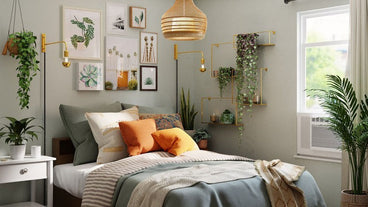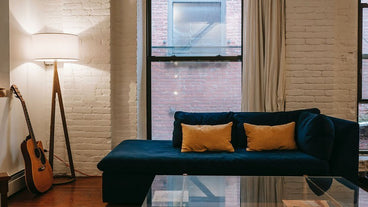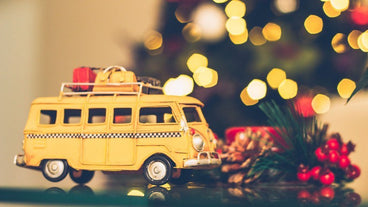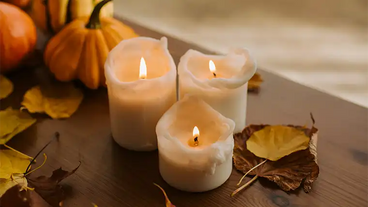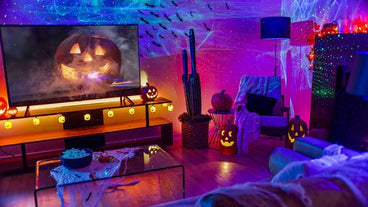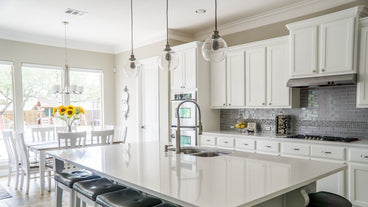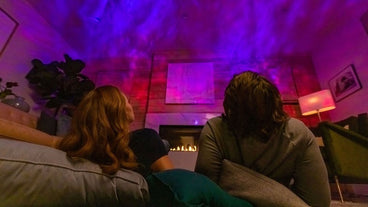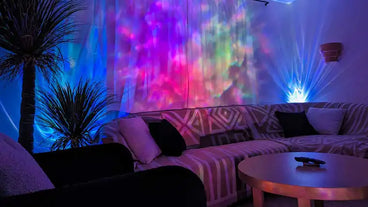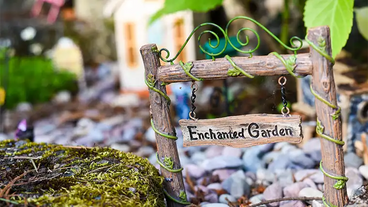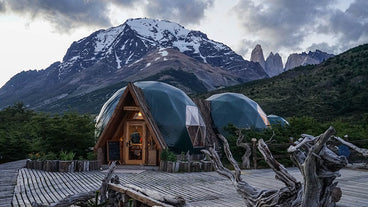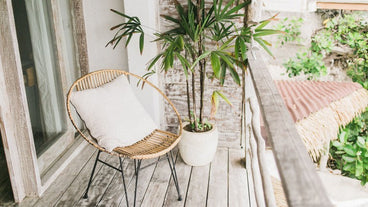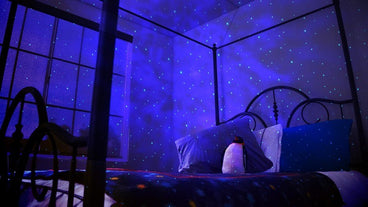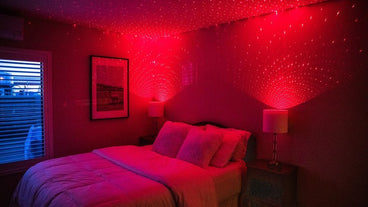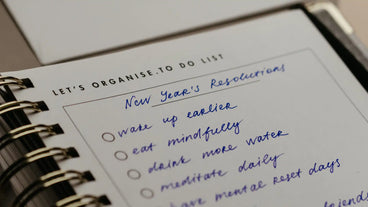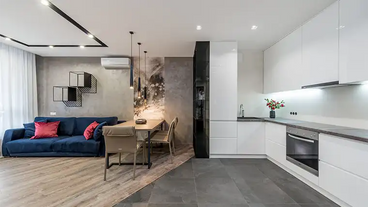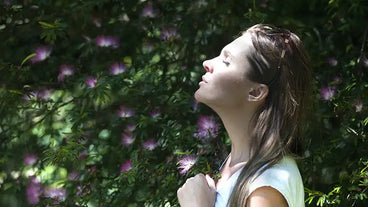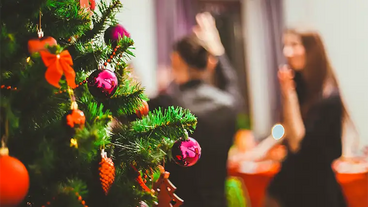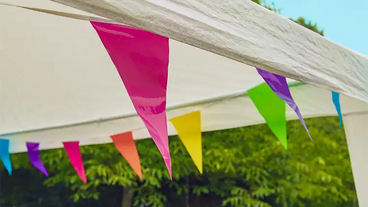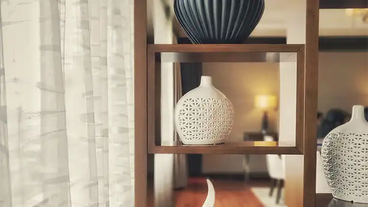Some might say the grass is always greener on the other side, but at night, the grass is pitch-black – unless you set up proper landscape lighting around your home. Proper landscape lighting techniques make your home look absolutely stunning at night while providing a safe and well-lit walkway for your guests from the sidewalk to your front door. Here are our tips for a lively, beautiful, and unforgettable landscape lighting setup.
What is landscape lighting?
Landscape lighting is the use of lighting design, techniques, and tools to accentuate how your house, yard, and other items around your home (such as trees) look in the late evening and at night. Its primary functions are to provide visibility during darker hours while decorating your property.
How do you light a landscape?
Lighting a landscape takes a bit of planning and arranging to get it just right. It’s not as simple as turning on some lights --- it involves using the right lights, angles, and positioning to best light up each area of your home, whether that’s a flower bed, your front door, or a small koi pond.
Of course, you’ll want to light the parts of your home and yard that receive the least light. You can easily figure out which parts of your home are in need of that much-sought nightlight – just walk around your property with a flashlight. Change the angle of the flashlight to see which direction best illuminates your landscaping without spooky shadows or harsh, direct lighting. Make sure to use a handheld flashlight instead of the one in your phone, as handheld lights tend to cover more surface area. If your flashlight has a dimmer, even better – with a dimmer, you can play around and determine which levels of lighting work best for your house.
Once you have an idea of which areas need lighting, you can decide which landscape lighting you’ll need to buy.
Eight types of landscape lighting
Once you know where your home and yard could use that extra nighttime glow, you can use any of the below seven types of landscape lighting to achieve the lighting setup you desire:
1. Spotlights
Spotlights are designed to light up a specific area, item, or section of your landscaping. These lights emit a beam of light, typically no larger than 45 degrees. Spotlights are excellent for showcasing a particular item in your yard or an architectural detail on your home.
image source: Better Homes and Gardens
2. Floodlights
Floodlights have a larger beam spread than spotlights, typically around 120 degrees, and can cover larger swaths of your home. Floodlights are an excellent choice for safety and security, such as illuminating your driveway.
image source: GoWritter
3. Path lights
Path lights are smaller lights that are best used for walkways and sidewalks. They are typically staked into the ground. You can use these lights to illuminate the walkway up to your home, but other types of outdoor lighting are preferable for projecting onto your home itself.
image source: Louie Lighting Blog
4. Inground lights
Inground lighting combines the functions of path lights and spotlights. Like path lights, inground lighting is great for illuminating driveways and walkways. Unlike path lights, they can also illuminate surrounding objects such as trees and house exteriors. Inground lights are installed into the ground and point upward.

5. Outdoor post lights
Outdoor post lights are also intended for walkway and driveway use. These lights are taller than path lights, so you may be able to use them to supplement the house lighting effects that inground lights, floodlights, and spotlights provide. The lower to the ground your outdoor post lights are, the better they’ll illuminate your walkways. The taller the light, the larger the illuminated area.
image source: Hansen Wholesale
6. Step lights
Whereas walkways and driveways are mostly flat, stairs are constantly changing in elevation, so light distributes quite differently in these areas. Step lights are better equipped to handle these changes. Install them to not only properly illuminate stairs and thus maximize safety, but to spruce up the entryway to your front door, deck, patio, or other parts of your home.

7. Pond lights
If you have any bodies of water (except for pools) around your house, you might want to install pond lights. While these lights might not actually add much brightness – they won’t be the make-or-break factor for guests trying to approach your house in the dark – they can certainly enliven your yard and give it more character once the sun goes down.
image source: Blaine's Farm and Fleet
8. Hardscape lights
Usually, you’ll install lights just above walkways or directly into the ground, but not hardscape lights. These lights go directly onto your home to soak your exterior walls in light. As such, they’re more decorative than they are functional – and an excellent landscape lighting plan serves both these functions.

Six landscape lighting tips
After you’ve bought all the lights you need from the above categories, you can follow these six landscape lighting tips to make the best of your new setup:
1. Focus on your home
Your home is the center stage of your property and should therefore come first while designing your landscape lighting setup. Instead of first lighting your trees or peripheral yard areas, begin with a strong focus on your home. Not only will you beautify where you live, but your lighting will help to illuminate the final portion of the walkway toward your entrance.
2. Light walkways separately
Although you should light your home first, you shouldn’t neglect your walkways and other areas. Lighting these spaces will make it much safer for guests to approach your home. Plus, with creative lighting techniques, you can even further enliven your nighttime landscape.
3. Don’t cram your lights
Too many lights in one area can overemphasize one part of your home (plus, it’s a major overuse of energy). Use one light per area to achieve a proper balance of lighting across your landscape.
4. Layer your lights
For any good landscape lighting scheme, you should account for three layers of lighting:
- Overall lights to illuminate an entire space such as decks and front porches
- Task lights to illuminate a stretch of land, such as a walkway
- Accent lights to emphasize one part of your landscaping setup, such as a fixture on your home or a tree
5. Use low-energy bulbs
LED lighting typically consumes far less energy than incandescent, halogen, and fluorescent lighting. By contrast, most traditional incandescent lighting requires 60W of power.
6. Get creative
Need to pave a pretty path to your home from your driveway? You don’t have to stick to the straight and narrow – we mean that literally and figuratively. Arranging your lighting in diagonals rather than straight lines can make your home feel more welcoming.
Think about it like this: Plan for two lines of evenly spaced lights along your walkway, but take out every other light in the line. At the same time, make sure that no two lights are directly across from each other. Your pathway will still be well lit, but it’ll have way more character.
Frequently asked questions about landscape lighting
How do you arrange landscape lights?
How you should arrange your landscape varies with their location:
- For walkways and driveways, use the approach we discussed in the “Get creative” section up above.
- For any doors into your house, surround the door with two evenly spaced lights on either side of the door or use one overhead light.
- For stairs, install lighting on the risers or the treads.
- For decks and patios, use floodlights or spotlights for overall lighting.
- For all other architectural features such as outdoor walls, use outdoor landscape lighting items such as Oblivia.
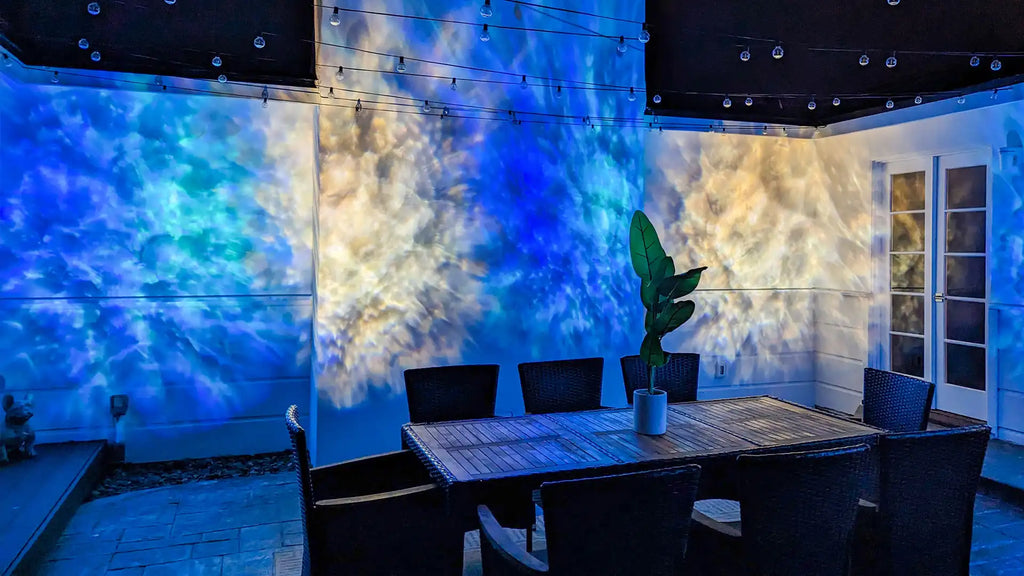
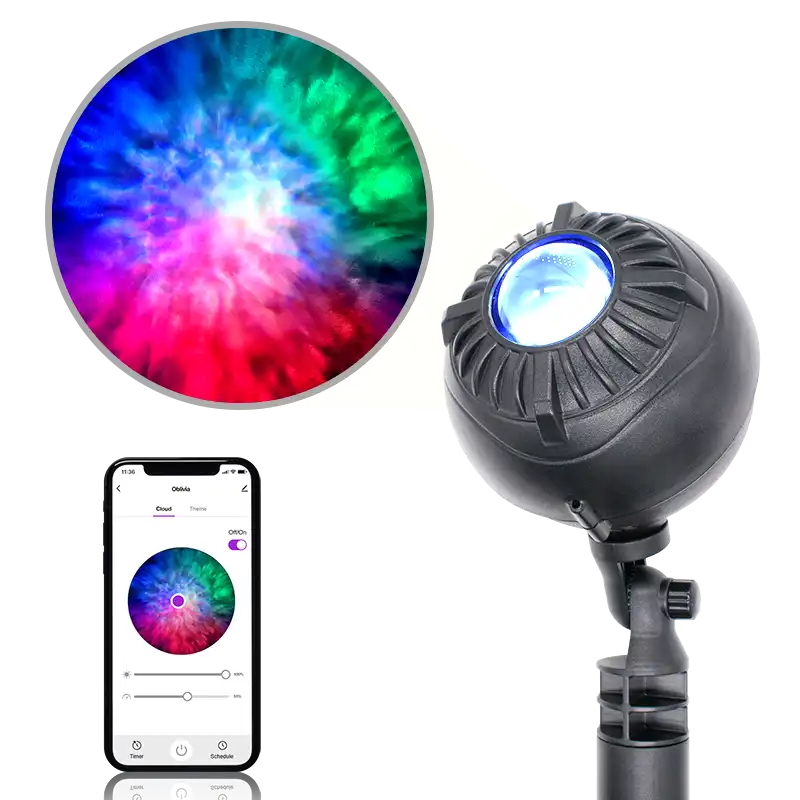
What is the best landscape lighting?
If you look at any list of highly regarded landscape lighting tools, you’ll notice that most of the selections will be either low-voltage (meaning they use less electricity) or LED. At BlissLights, all our outdoor landscape lighting options are either LED or low-voltage – we keep your house looking high-class and your bills low. Look through our outdoor laser light projector collection to find your perfect low-electricity landscape lighting solution.
How far apart should landscape lights be?
The distance between your landscape lights will depend on their function and how much lighting you want for your outdoor space. For example, path lights are best to place at most one foot from the walkway to your home. You should evenly space floodlights and spotlights while keeping the distance between them low enough to fully illuminate all your desired spaces.
Do landscape lights use a lot of electricity?
That depends. If you opt for incandescent, fluorescent, or halogen bulbs, you might use a lot of electricity, but LED and laser lighting typically consume minimal energy – and that’s exactly what we sell at BlissLights. Browse our outdoor laser light projector collection to find low-energy, beautiful lighting for all your landscape lighting needs.

Good landscape lighting requires both good products and techniques
Now that you know the different types of landscape lighting and how you can best arrange your outdoor lights, you have pretty much everything you need to get started on your landscape lighting setup – well, except the products themselves. At BlissLights, we’re the country’s top outdoor laser lighting seller, so you can trust that our products take care of your overall lighting, task lighting, and accent lighting needs while making your home look beautiful.
You may also enjoy these...
Discover fun and unique lighting ideas on the BlissLights Lighting Blog!









